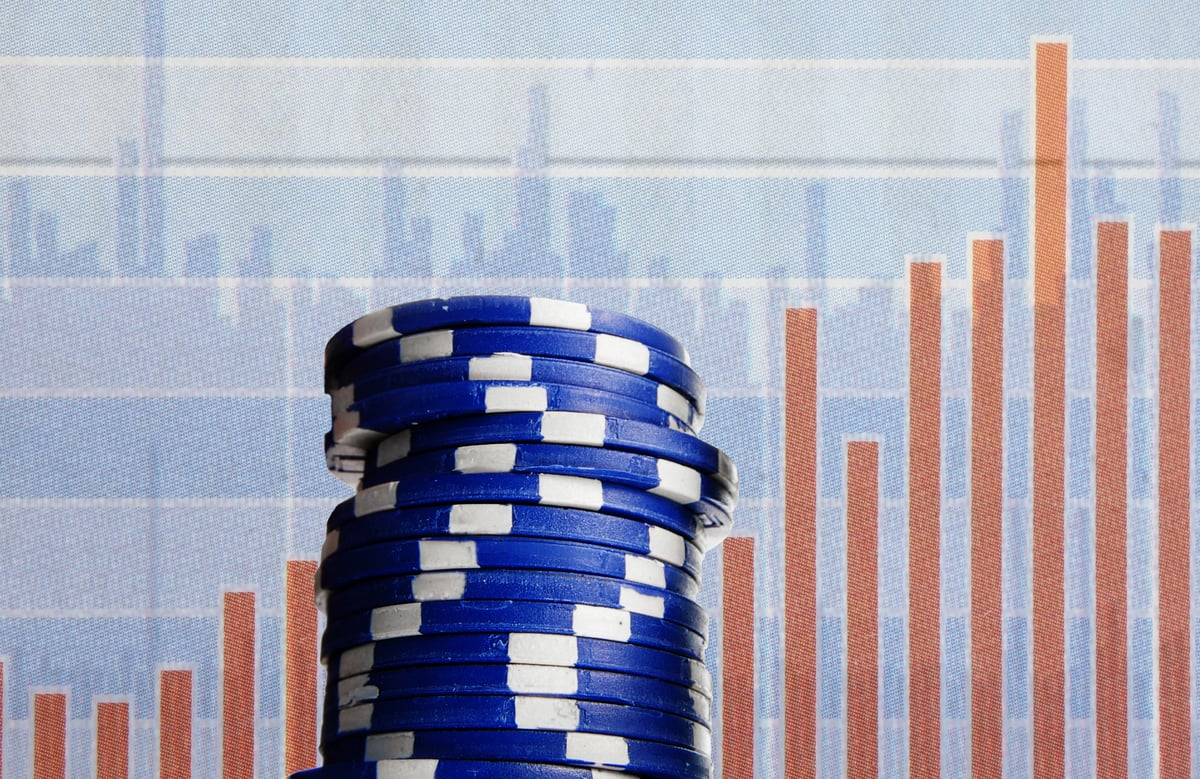McDonald's (MCD 0.78%) reported that global sales fell by 22% in March, and that actually seems like a victory. Starbucks (SBUX 0.28%) has warned that the impact of the coronavirus pandemic will cut its profits in half. But while that may seem bad, any chain that can deliver a profit in the current economic climate deserves to be celebrated.
With nearly all restaurants in the United States (97%) operating under some sort of restrictions -- they're generally only able to offer delivery, drive-through, and curbside pickup -- some chains have been hit harder than others.
"Prior to the COVID-19 outbreak, on-premise dining represented 52% of restaurant industry dollars, and off-premise, like carry out, drive-through, and delivery, represented 48% of dollars," according to data from NPD Group."Carry-out represented the largest dollar share at 53% of off-premise modes, drive-through 38%, and delivery 9% of dollars."
Digital orders accounted for 13% of all off-premises orders in the previous 12 months.

Investing in tech has helped McDonald's. Image source: McDonald's.
How bleak is it?
Overall restaurant transactions were down 42% in the week ending March. Some types of restaurants are doing better than others, though, like chains that had already invested in "off-premise business, like drive-through, carry-out, and delivery."
Quick-service restaurants, which generally offer drive-through, saw overall transactions drop by 40%. Full-service eateries, which had to adapt on the fly, saw their sales drop by 79%.
"The transaction declines partially reflect the struggle of on-premise restaurants to pivot to off-premise models," said NPD Food Industry Advisor David Portalatin in a press release. "Many restaurants that are attempting to make the move are doing so with limited menu offerings and without the benefit of drive-through lanes."
Some chains, he noted, have given up altogether and simply closed.
Clearly chains like Starbucks and McDonald's benefited from investing in technology and building out delivery capacity through partners. You can order from either company via an app and get your order at the drive-through window with minimal contact, or delivered with none. Neither of these chains can open their dining rooms, but both were easily able to shift operations, and already had what was needed in place -- including customers already using their apps.
The weak get weaker
Some types of restaurants simply won't be able to adapt well to the current situation. Some fancy steakhouses, for example, remain in operation for delivery or curbside pickup, but their businesses don't lend themselves well to what consumers want now.
This is a case where, at least in the quick-serve space, companies like McDonald's and Starbucks that have made technology part of their model for years will come out of this in better shape. Losing 22% of your expected sales is obviously not a positive, but it's much stronger than the results many chains will deliver.
This is a case where planning for a plausible future where people order via an app and use delivery more has paid off in a reality that few, if anyone, ever expected. But while the coronavirus pandemic may be unexpected, an increase in app use and the importance of capturing customer data, at least in the quick-serve space, has been well known for a long time. Chains that held off on those investments and/or ones that only made limited commitments to delivery are paying for it but may struggle to catch up due to the revenue they are losing now.
This pandemic may be a drag on some restaurant stocks for years to come as they struggle to right their income pictures. Others, the ones that were weak going into this, may not come out on the other side. The long-term winners will be the handful of chains that were set up to come through an extended period of disruption without taking on too much damage.







